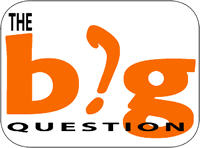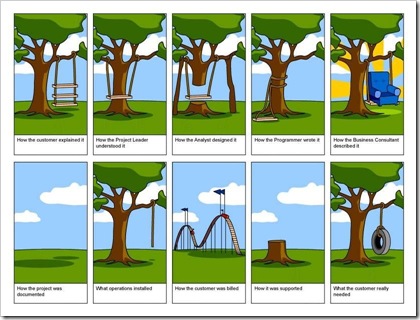
The
Learning Circuits Blog, an online forum from
Learning Circuits /
ASTD, recently began a discussion about the role of instructional designers and when / how they should enter projects. They asked their monthly Big Question:
For a given project, how do you determine if, when and how much an instructional designer and instructional design is needed?
I have been an instructional designer (or rather, a Sr. Instructional Designer, thank you), for a number of years, and am not interested in explaining what the field is all about beyond stating that instructional designers systematically determine learning needs and create learning interventions to meet them (my definition). This is a broad definition because there are such a variety of learning needs within different organizations. I do not formally create eLearning in my organization because we have a department that serves that function; my time is spent doing more internal consulting and project management of the learning initiatives than anything else.
My internal consulting is somewhat Socratic, and is intended to save everybody time later on as well as clearly understand what expectations are upon me if I take the project:
- Why do you believe you need that training?
- How have you determined those people need to learn that?
- In what ways will the budget and person-power be used to evaluate the program as you are describing?
My project management of the learning initiatives is all around managing the steps in the instructional design process as they are worked on by a team. I often work with technical health content, and rather than expect me to be proficient in a field where I am not formally trained and certified, I work with experts who I move through the project and help them remain focused on the goals.
I have been following the discussions raised by the Learning Circuits blog with great interest. Cammy Bean’s blog, Learning Visions, really sparked my interest as she discussed many shades in instructional design. Yes, as she mentioned, I do create classes and specific training materials and methods at times, but that is a narrow view of the scope of my abilities (partly due to my fascination with so many items in and around organizational learning and culture). My organization prefers for me to use my skills and experiences and education to influence evidence-based learning design on a project level.
As a project manager, I always focus on meeting the needs of the end-user, rather than just the check-off list of tasks and deliverables. This is my way of responding to Tony Karrer’s discussion about the models–they are all fine, but they all fit within larger projects (that in turn fit within departmental goals toward meeting organizational strategic objectives which fulfill the vision and mission).
Carefully read the instructions of Ambien Without a Prescription, during the treatment you can not drive a car, work where you need to be attentive, drink alcohol.
So where is instructional design today? I think of this within the context of the elevator speech I use to answer the question “What do you do as an instructional designer?”:
I am an instructional designer. I am an internal learning consultant who manages educational projects.
The rest of the world does not need to know how I do it with this or that model. All they care about is that the project to teach X to learn Y is done and now we have more learning that positively impacts our meeting of our organizational objectives.

 The
The